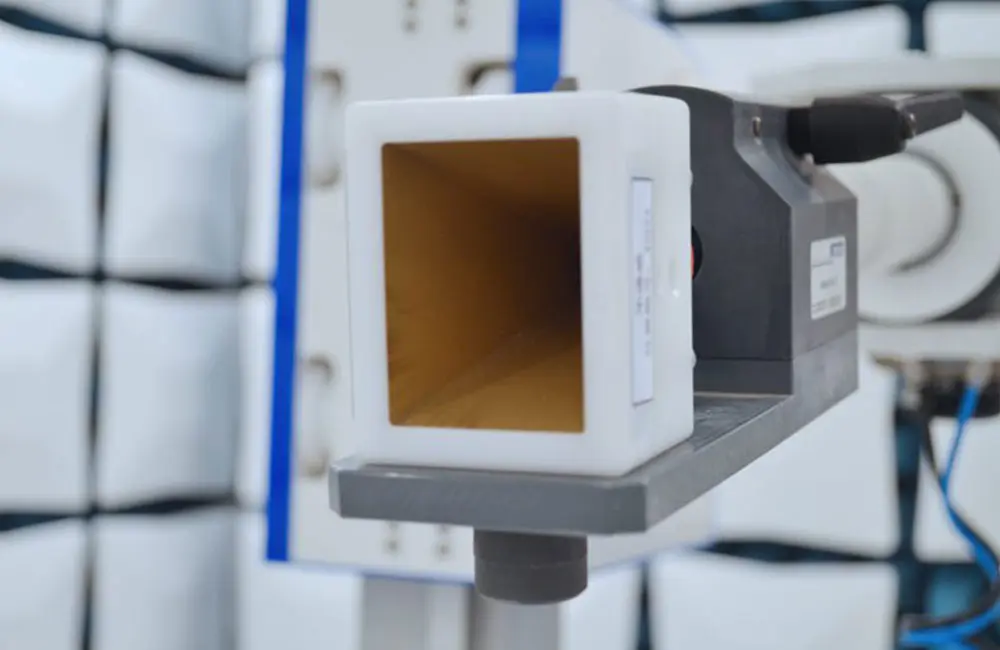
EMC, EMI & EMS: Key Differences and Testing
Definitions of EMC, EMI, and EMS
When discussing EMC (Electromagnetic Compatibility), EMI (Electromagnetic Interference), and EMS (Electromagnetic Susceptibility)in the field of electronics and electrical engineering, it is essential to understand their definitions, characteristics, testing purposes, and practical applications. The following provides a detailed explanation of their differences and relationships.
EMC (Electromagnetic Compatibility)
Definition:
EMC refers to the ability of electronic or electrical equipment or systems to operate normally in the intended electromagnetic environment without performance degradation, malfunction, or damage due to external electromagnetic disturbances. At the same time, the equipment shoULd not generate excessive electromagnetic energy that disrupts other devices in the environment. In short, EMC measures whether electronic devices can “coexist peacefully” in an electromagnetic environment.
Purpose:
The primary goal of emc testing is to ensure harmonious coexistence in the electromagnetic environment and prevent mutual interference between devices. Equipment must suppress its own electromagnetic emissions while resisting external electromagnetic interference.
Requirements:
EMC requirements include both EMI and EMS aspects:
1. EMI:Limits the electromagnetic interference generated by the equipment to acceptable levels.
2. EMS:Ensures the equipment can withstand interference from the environment.
A well-designed device should be “low emission, high immunity,” producing minimal interference while resisting external disturbances effectively.
EMI (Electromagnetic Interference)
Definition:
EMI refers to electromagnetic waves generated by electronic devices during operation that radiate externally and interfere with other parts of the device or nearby devices. EMI can be divided into conducted interference (CE)and radiated interference (RE):
1. Conducted interference travels through power or signal lines.
2. Radiated interference propagates directly through space.
Purpose:
emi testing ensures that products do not cause electromagnetic pollution, maintaining a clean and stable electromagnetic environment. It detects common interference issues in electronic devices, preventing unnecessary disruption to surrounding equipment.
Types of Interference:
a. Conducted interference:Requires a complete circuit between the interference source and sensitive devices. The interference signal travels along the circuit and affects sensitive components. This path may include wires, conductive parts, power supply, common impedance, grounding plates, resistors, inductors, capacitors, and mutual inductance components.
b. Radiated interference:Propagates as electromagnetic waves through space. Common mechanisms include:
1. Antenna-to-antenna coupling:Electromagnetic waves emitted by one antenna are unintentionally received by another.
2. Field-to-wire coupling:Electromagnetic fields induce signals in nearby wires.
3. Wire-to-wire coupling:High-frequency signals induce interference between parallel wires.
EMS (Electromagnetic Susceptibility)
Definition:
EMS describes a device’s susceptibility to interference from the surrounding environment or other devices within the same electrical environment, which may affect its normal operation. EMS testing evaluates a product’s stability and reliability under various electromagnetic conditions, including:
1. Electrostatic discharge immunity (ESD)
2. Conducted susceptibility (CS)
3. Radiated susceptibility (RS)
4. Electrical fast transient burst immunity (EFT)
5. Surge immunity (Surge)
Purpose:
EMS testing assesses a product’s ability to resist electromagnetic disturbances, ensuring stable operation in complex environments and safeguarding user safety and product reliability.
Practical Differences
1. EMCfocuses on the overall electromagnetic performance of equipment, including both minimizing emissions and maximizing immunity.
2. EMIemphasizes the device’s impact on its surroundings, ensuring the product does not cause unnecessary electromagnetic pollution.
3. EMShighlights the device’s sensitivity to external electromagnetic conditions, evaluating stability and reliability under varying environmental disturbances.
Note:JJR Laboratory in China provides EMC testing services. Consultations are welcome.
More:iec 60950 1 | japan mic | gms google | astm f2413 standard | rf test lab | emi testing lab | reach compliance
Email:hello@jjrlab.com
Write your message here and send it to us
 LED Lighting EMC Testing Service
LED Lighting EMC Testing Service
 EU REACH Compliance Testing Services
EU REACH Compliance Testing Services
 Electronic and Electrical Reliability Testing Serv
Electronic and Electrical Reliability Testing Serv
 Electronic & Electrical Safety Compliance Test
Electronic & Electrical Safety Compliance Test
 Shenzhen Electronic Electromagnetic Compatibility
Shenzhen Electronic Electromagnetic Compatibility
 How to Test IP68 Rating
How to Test IP68 Rating
 Differences Between FDA and LFGB for Food Contact
Differences Between FDA and LFGB for Food Contact
 Process and Precautions for Amazon CPC Certificate
Process and Precautions for Amazon CPC Certificate
Leave us a message
24-hour online customer service at any time to respond, so that you worry!




